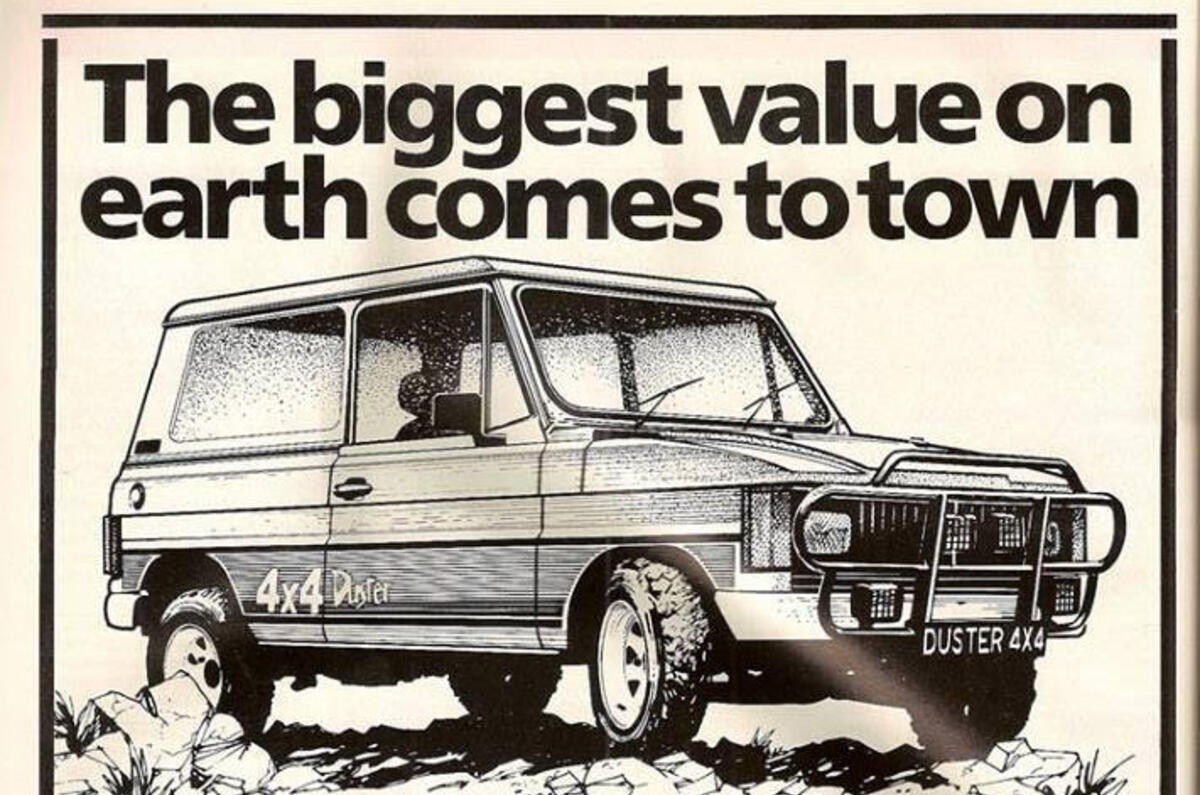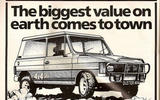In 2012 we tested the Dacia Duster, the bargain SUV from Renault’s Romanian sub-brand.
We were mightily impressed by its seemingly impossible value for money - from just £8700, you could get “a good-looking compact SUV, with a spacious interior, that’s cheaper than a Ford Fiesta”.
In that same review we also mentioned that the original Duster, sold in the 1980s, was “an automotive excrescence so terrible it makes a bus pass look attractive". Ouch.
But were Autocar’s road testers of yore quite so critical? We tested the ‘Rough Road Romanian’ on 21 August 1985.
The Duster, aimed at “farmers and businesses needing a light workhorse that might have to operate in tough conditions”, could be bought as a pick-up or a ‘closed van’, with a "lusty" 1400cc, 65bhp engine under the bonnet.
“Drivers who spend much of their time tootling around town in something like a Ford Fiesta or Renault 5 are often thunderstruck by the capabilities of a purpose-built off-road car,” we began. Some rivals, evidently, are for life.
“For that reason the Dacia Duster could well gain a modicum of popularity,” we continued, “because by comparison with your average 1500cc passenger car, the Duster will, indeed, do amazing things in rough, off-road conditions.”
The Duster could be yours for the “attractive price tag of around £6000, which is £4000 cheaper than a short-wheelbase Land Rover.”
The 1985 Duster was actually an ARO 10 (no, us neither) rebadged for the UK market. “Chassis and bodywork are original Romanian design,” Autocar explained. “The engine suspension and running gear are effectively Renault 12 components made under licence.”
While Renault didn’t acquire Dacia until 1999, they did share a working relationship for some years prior.
A fair introduction from Autocar, then, but it soon started to go downhill. “It owes its low price to its Eastern European origins, and like some other products from that part of the world, suffers a little in lack of attention to detail in the quality of fit and finish.”
Performance wasn’t great, either: “Acceleration is quite pedestrian, with 60mph coming up 22.7sec after a lurching standing start. The standing quarter mile took 22.6sec, but we didn’t bother to time a standing kilometre because the Duster GLX stopped accelerating long before the kilometre post showed up…” Hardly surprising for a car with a top speed of just 72mph.












Join the debate
Add your comment
.....down to the lakeside.....